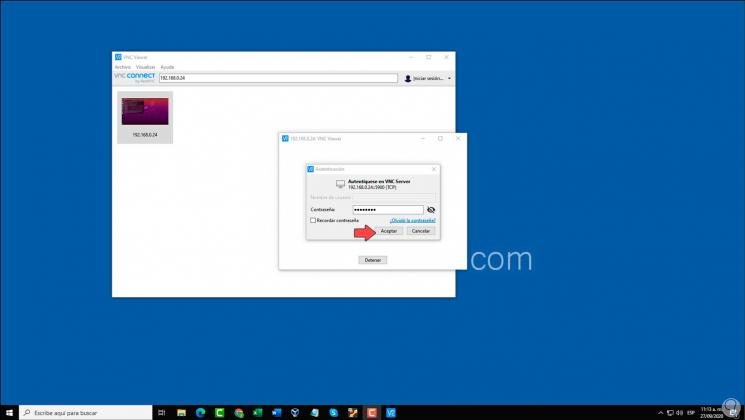

#VNC CONNECT TO UBUNTU INSTALL#
Make sure that the commands xfce4-panel and xfce4-session exist in your system (if not install them), and append the following line at the end of the file ~/.vnc/xstartup.turbovnc. Change the :1 with the X DISPLAY value returned by the vncserver -list command earlier. Kill the started VNC server with the command vncserver -kill :1. This command will give you an output that looks like this: With the command vncserver -list find the started vnc server.

To get a window manager up and running (in order to not have the black screen) do the following:
#VNC CONNECT TO UBUNTU DRIVERS#
Make sure you have installed the proprietary drivers for your graphics card (at least for Nvidia that I have tested this setup). Inititalizationĭownload the following packages for the server: With VirtualGL, the OpenGL commands and 3D data are instead redirected to a 3D graphics accelerator (AKA "graphics processing unit" or "GPU") in the application server, and only the rendered 3D images are sent to the client machine. VirtualGL is an open source toolkit that gives any Unix or Linux remote display software the ability to run OpenGL applications with full 3D hardware acceleration. When you use ssh with X forwarding, you might have noticed that you cannot execute programs that require 3D acceleration.


 0 kommentar(er)
0 kommentar(er)
